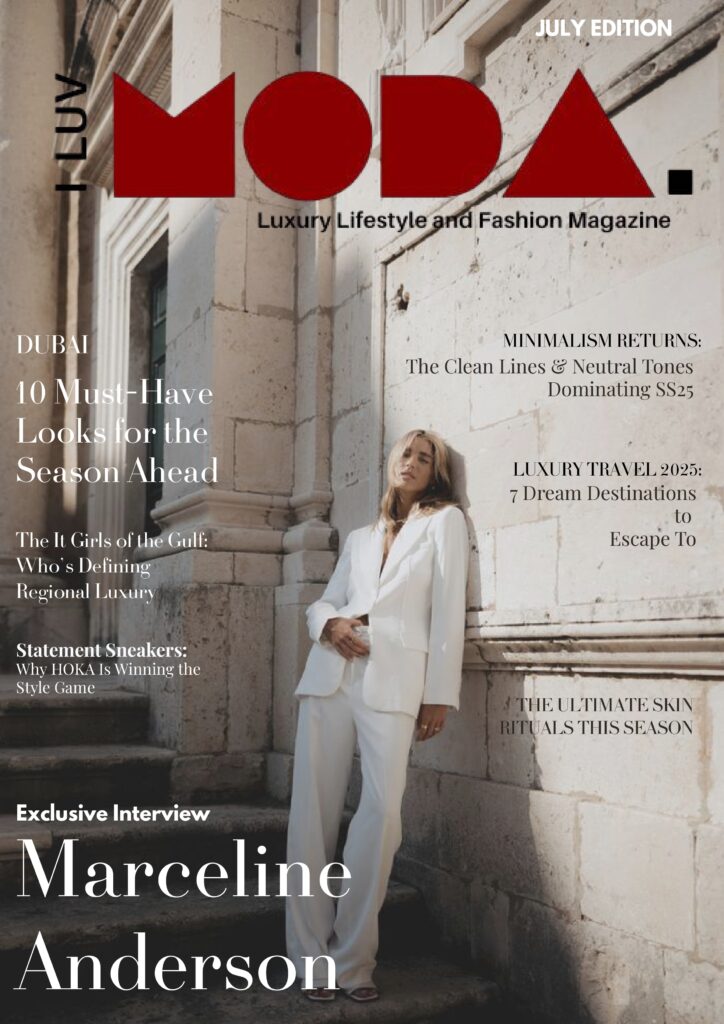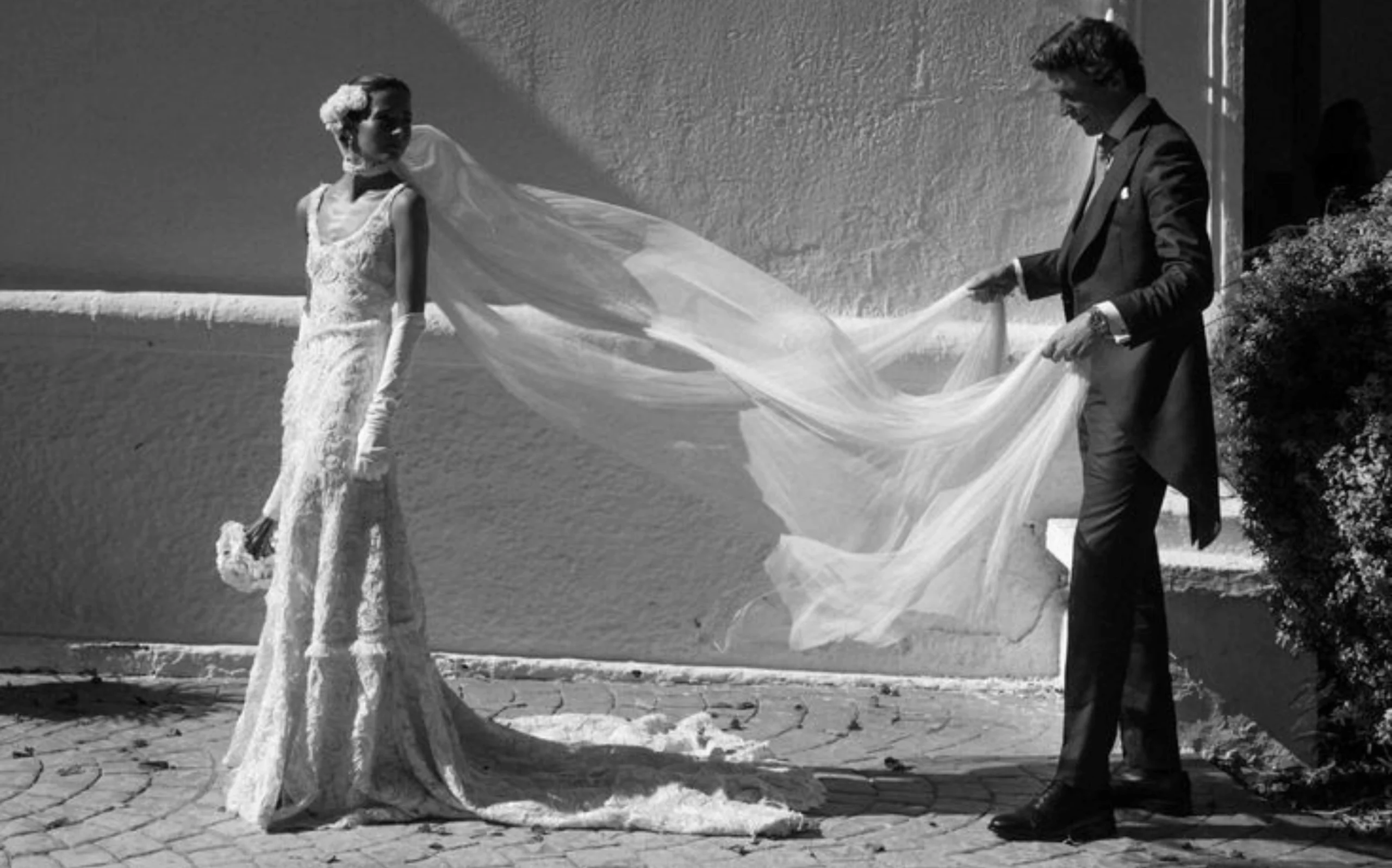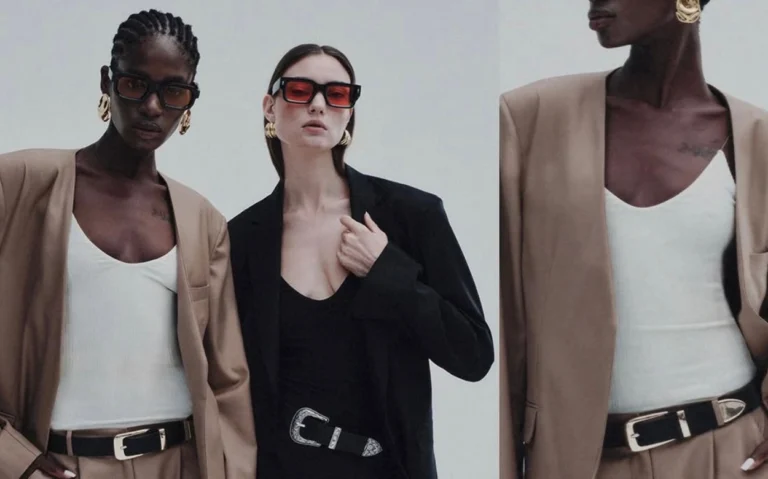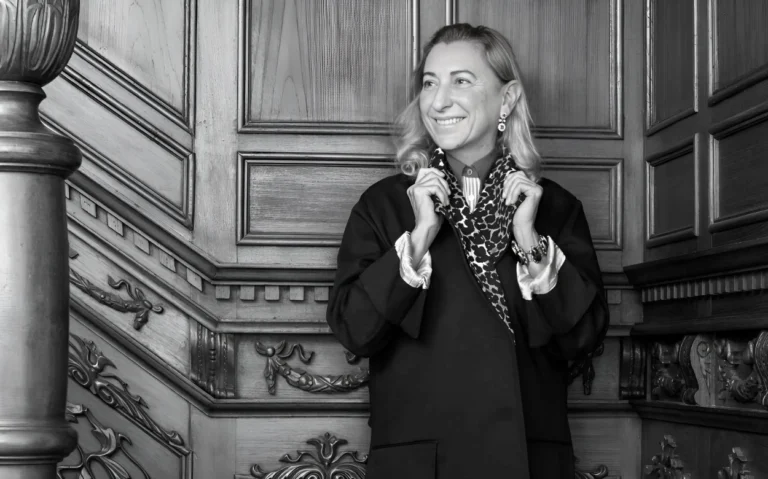Even in an era of bridal reinvention—think mini dresses, tailored suits, and technicolor gowns—one traditional accessory continues to prevail: the veil. For many modern brides, this centuries-old symbol is no longer about modesty or purity. It’s about drama, identity, and personal storytelling.

Lauren Sánchez proved it over the weekend in Venice, topping off her custom Dolce & Gabbana gown with a lace-trimmed veil “like a crown,” according to Vogue. Her look joins a long lineage of famous veils, from Queen Victoria’s curtain of lace to Lily Allen’s retro updo and Gwen Stefani’s shock-pink tulle. The message is clear: veils remain powerful, even as bridal fashion evolves.

A Tradition That Persists
Queen Victoria’s 1840 wedding to Prince Albert helped define the modern white bridal look, complete with a wide silk gown and lace-trimmed veil. Though dresses have shortened, colors have diversified, and ceremonies have become more intimate, veils have endured, growing larger, even, in the process.

Bigger, Bolder, More Personal
In 2018, Priyanka Chopra’s 75-foot Ralph Lauren veil required five attendants. A year later, Hailey Bieber chose an Off-White version embroidered with “Till Death Do Us Part.” These aren’t afterthoughts, they’re centerpieces.
Recent weddings, from Sofia Richie to Nicola Peltz Beckham, have followed suit. Author Kimberly Chrisman-Campbell calls veils “a canvas for drama,” especially when gowns are minimalist. The veil has shifted from symbol to statement.
From Royalty to Runway
Once reserved for queens and aristocrats, veils now turn up on red carpets and fashion week runways. Vivienne Westwood styled them with polka-dot gowns. Bora Aksu offered sheer veils in pink and red. Even musician Gracie Abrams wore Chanel chiffon to the Grammys.

Historically, veils were a luxury, lace more valuable than gold in the 18th century. Machine-made lace brought accessibility in the 1800s, transforming veils from elite status symbols to cultural staples.
A Global Symbol, Reinvented
From Ancient Greece’s “flammeum” to veils used in arranged marriages, the accessory has long held spiritual and cultural meaning. Its interpretations vary, protection, modesty, even control, but modern brides often reclaim it as personal expression.
Second-time brides, once discouraged from veiling, began rewriting the rules. Elizabeth Taylor chose marigold chiffon. Audrey Hepburn wore pink Givenchy with a silk headscarf. Angelina Jolie, at her third wedding, wore a Versace veil embroidered with her children’s drawings, flipping the script on tradition with joy and agency.

What the Veil Means Now
Today’s veil isn’t about obedience or virtue. It’s about the moment. Whether it’s romantic, rebellious, or deeply personal, it offers brides a final flourish, a way to wear history while making it their own.
The veil has never been just an accessory. It is a symbol, a statement, and now more than ever, a reflection of how personal bridal fashion has become. As modern brides redefine what tradition looks like, the veil continues to evolve with them. At I Luv Moda, we celebrate this evolution. If your brand tells a story worth sharing, we invite you to partner with us and be part of what comes next.
For partnerships and collaborations, contact:
info@iluvmoda.com







